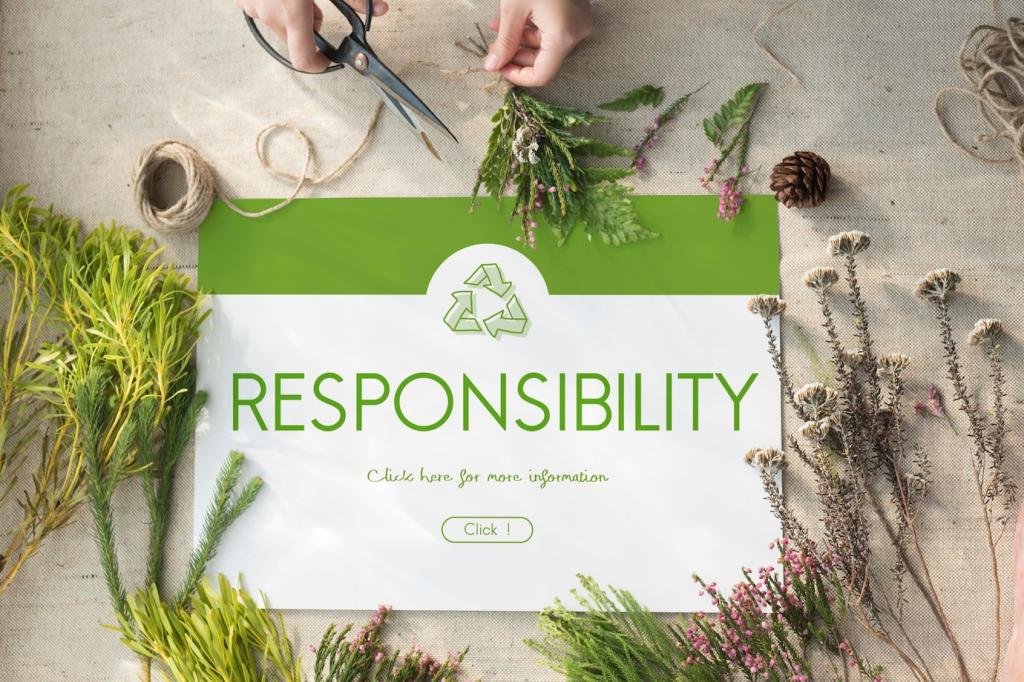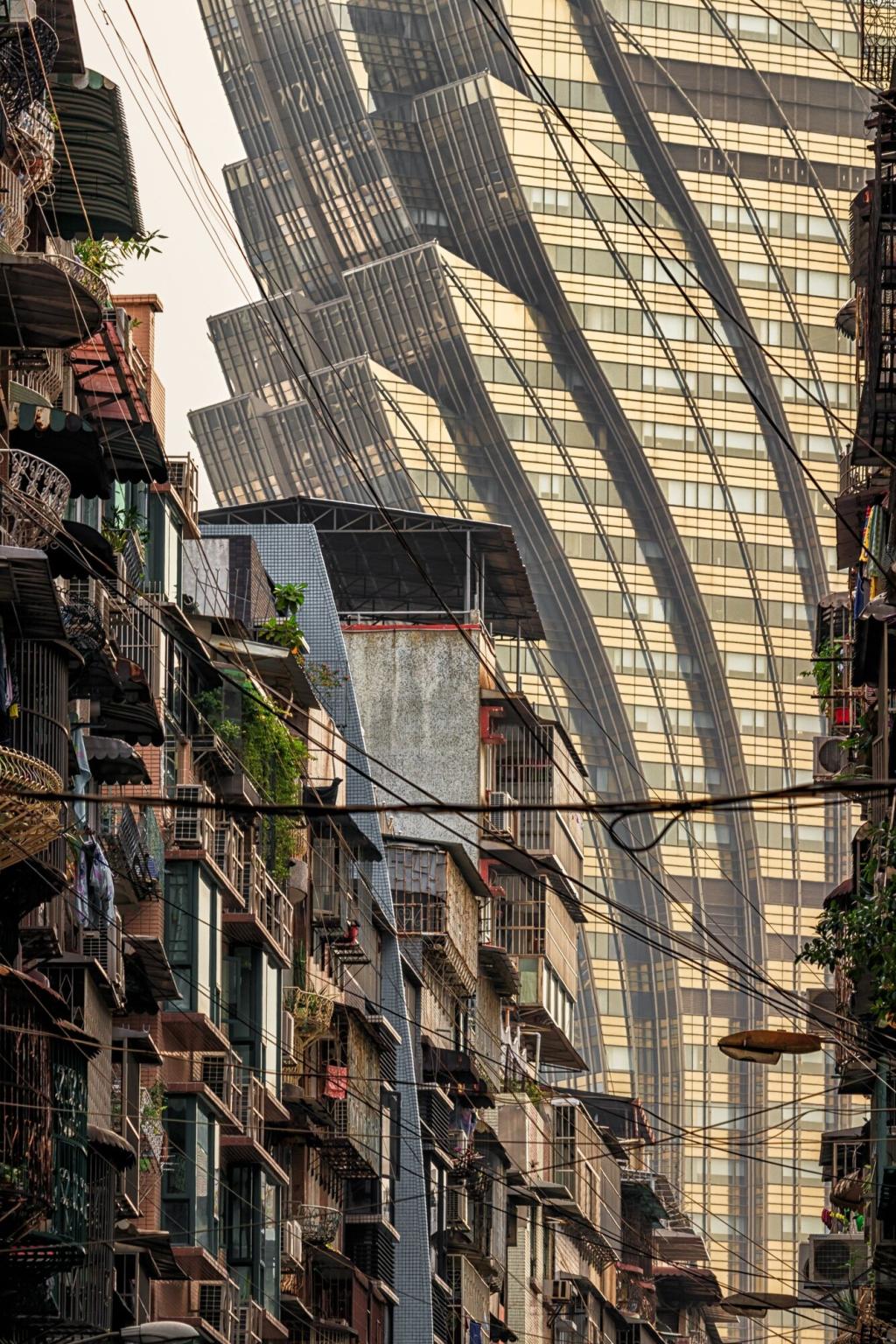Water-Wise Strategies and Stormwater Capture
Position shallow basins where downspouts discharge. Fill with moisture-loving natives like sedges, swamp milkweed, and Joe-Pye weed. Mulch lightly, maintain inlet points, and watch puddles disappear after storms while pollinators flourish.
Water-Wise Strategies and Stormwater Capture
Along curbs, seek species that handle occasional salt and splash, such as switchgrass and seaside goldenrod in suitable regions. Check city guidelines for visibility and setbacks, and share your permit tips with fellow readers.





